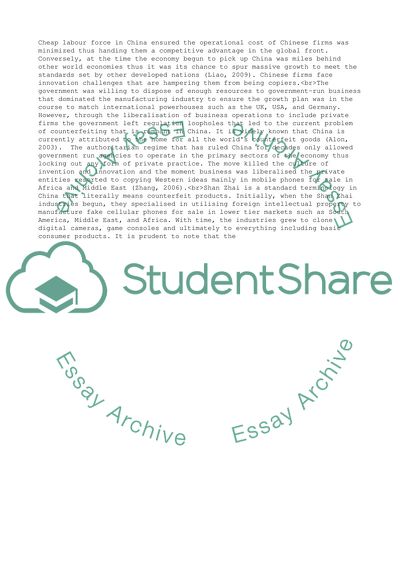Cite this document
(“China's challenge: Moving form copier to innovator Essay”, n.d.)
China's challenge: Moving form copier to innovator Essay. Retrieved from https://studentshare.org/management/1681928-chinaaposs-challenge-moving-form-copier-to-innovator
China's challenge: Moving form copier to innovator Essay. Retrieved from https://studentshare.org/management/1681928-chinaaposs-challenge-moving-form-copier-to-innovator
(China'S Challenge: Moving Form Copier to Innovator Essay)
China'S Challenge: Moving Form Copier to Innovator Essay. https://studentshare.org/management/1681928-chinaaposs-challenge-moving-form-copier-to-innovator.
China'S Challenge: Moving Form Copier to Innovator Essay. https://studentshare.org/management/1681928-chinaaposs-challenge-moving-form-copier-to-innovator.
“China'S Challenge: Moving Form Copier to Innovator Essay”, n.d. https://studentshare.org/management/1681928-chinaaposs-challenge-moving-form-copier-to-innovator.


